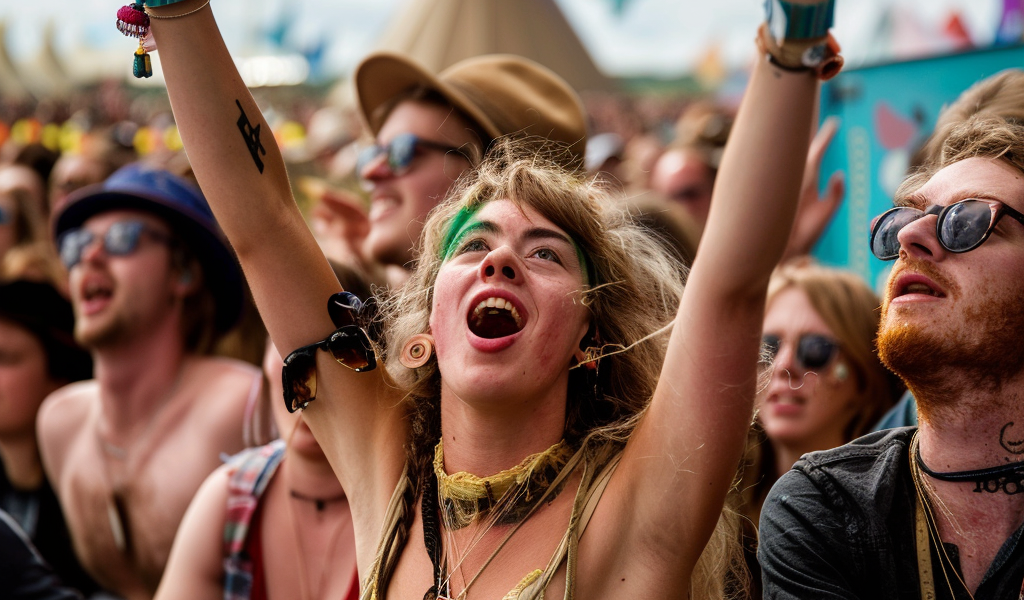As the excitement builds for another year of Glastonbury Festival at Worthy Farm, the spotlight is once again on the elusive search for the perfect Pyramid Stage headliners. The question of who should take the prestigious top billing at the UK’s most beloved music festival seems to grow more challenging and contentious with each passing year.
With festival co-organiser Emily Eavis highlighting the ongoing struggle to secure headline acts, the anticipation and speculation surrounding the lineup intensify. The recent announcement of headliners for this year’s event sparked mixed reactions, with some questioning the repeated appearances of certain artists and others championing the inclusion of rising stars like Dua Lipa and SZA.
While seasoned Glastonbury attendees often emphasize that the festival is about more than just the headliners, the focus on securing top-tier acts has become increasingly prominent in recent years. Organizers are facing difficulties in finding the right balance and variety in their lineup, leading to discussions about the changing landscape of headlining acts.
Emily Eavis’s candid acknowledgment of the challenges in booking headliners, particularly addressing the need for greater diversity and representation, sheds light on the industry-wide issue of a perceived lack of headline-worthy female artists. The call for a more inclusive and varied music scene resonates with the ongoing efforts to cultivate a lineup that reflects the diverse tastes and preferences of festival-goers.
As the road to Glastonbury 2024 unfolds, the search for the perfect Pyramid Stage headliner continues to captivate music enthusiasts and industry insiders alike. The evolving dynamics of headlining acts and the quest for a lineup that strikes the right chord with audiences underscore the ever-changing landscape of music festivals and the quest for musical excellence.





